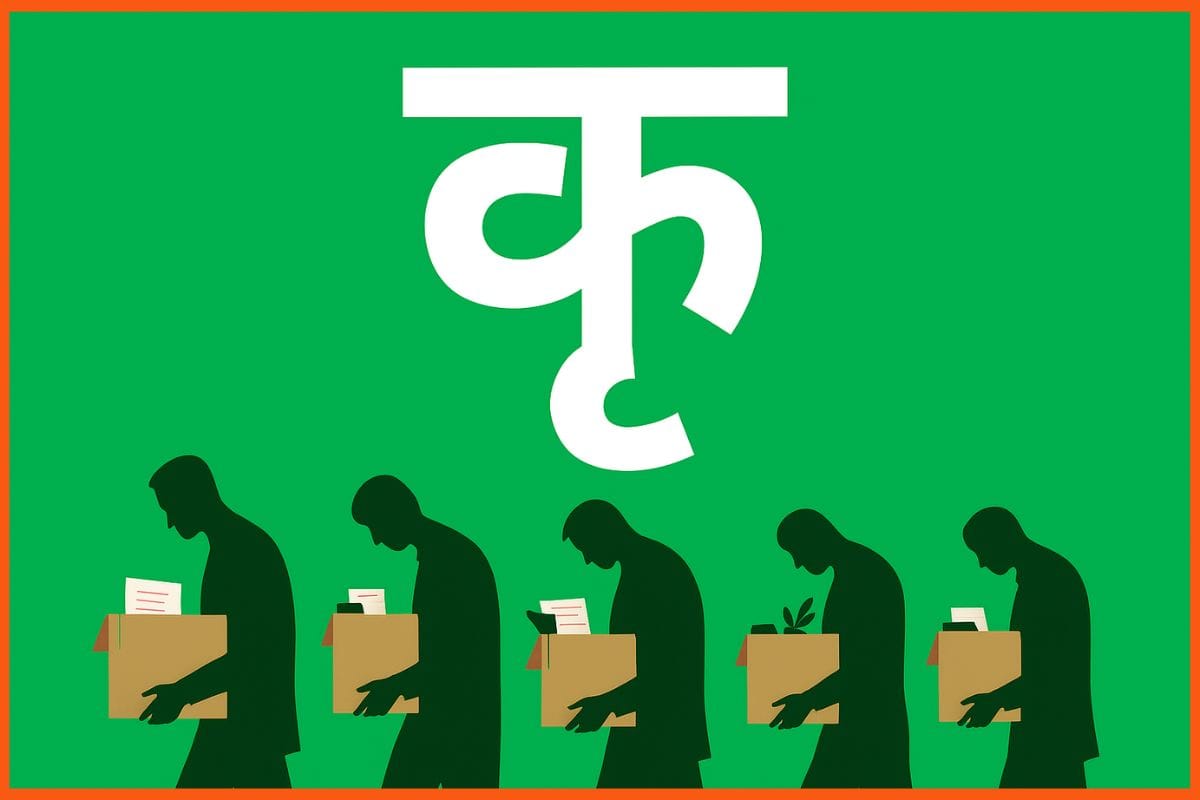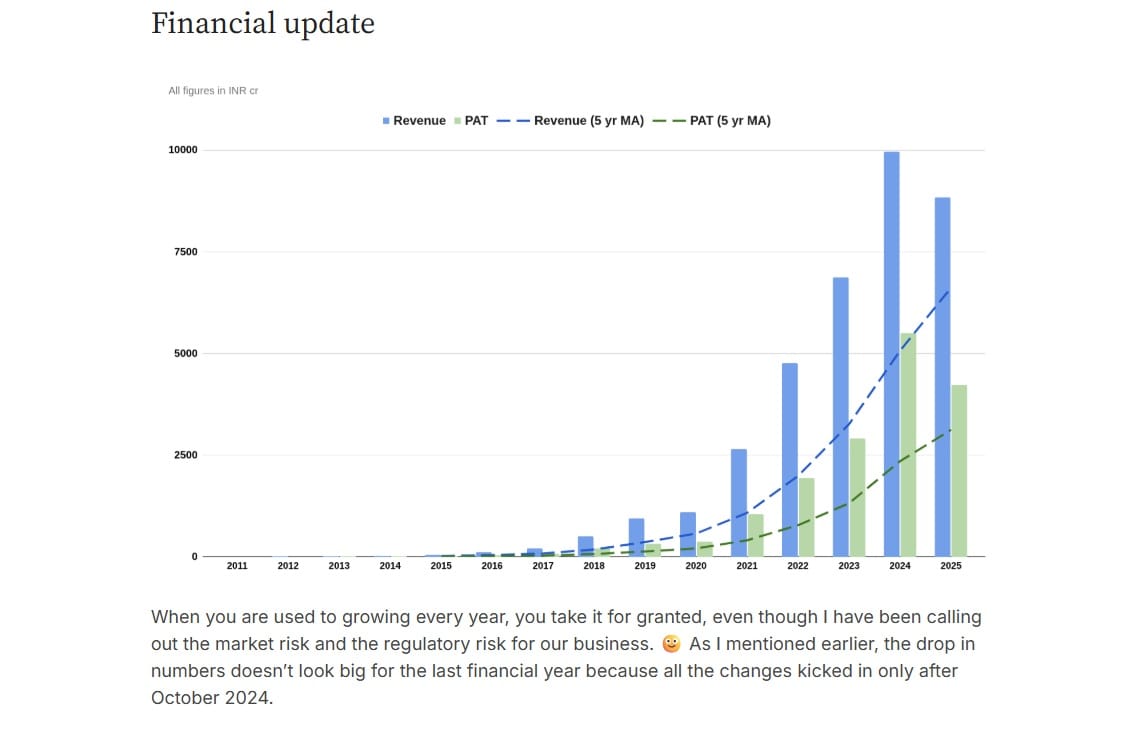Simpl, a Bengaluru-based Buy Now, Pay Later (BNPL) fintech startup, has laid off approximately 100 employees following regulatory actions by the Reserve Bank of India (RBI). This move is part of a broader restructuring effort after the company was directed to halt its payment operations.
RBI Orders Simpl to Cease Payment Operations
On 25 September 2025, the RBI issued an order requiring Simpl to immediately cease its payment, clearing, and settlement activities. The central bank stated that Simpl was operating a payment system without the necessary authorisation under the Payment and Settlement Systems Act, 2007.
The RBI’s action is part of a wider regulatory crackdown on the BNPL sector, which has seen rapid growth in recent years. The central bank has raised concerns over unsecured lending practices and the lack of adequate oversight in the industry.
Impact on Simpl’s Workforce
In the wake of the RBI’s directive, Simpl has laid off around 100 employees, reducing its workforce from approximately 220 to about 50-60 employees. The layoffs primarily affected teams in sales, marketing, and product development, while the company retained staff in payment collections and operations, as reported by Moneycontrol.
Broader Implications for the BNPL Sector
Simpl’s situation highlights the increasing regulatory scrutiny faced by BNPL companies in India. The RBI’s actions are part of efforts to regulate digital lending and ensure consumer protection in the rapidly growing fintech sector.
Industry experts suggest that BNPL companies may need to adapt their business models to comply with regulatory requirements. This could involve obtaining the necessary licences, improving transparency in lending practices, and enhancing consumer safeguards to align with the RBI’s guidelines.
Final Thoughts
As of now, Simpl is focusing on its payment collections and operations while seeking the necessary approvals to resume its full range of services. The outcome of its discussions with the RBI will determine the company’s future in the BNPL space.
Work is underway for their biggest AI model, Krutrim 3, yet trimmed 50 employees for…










